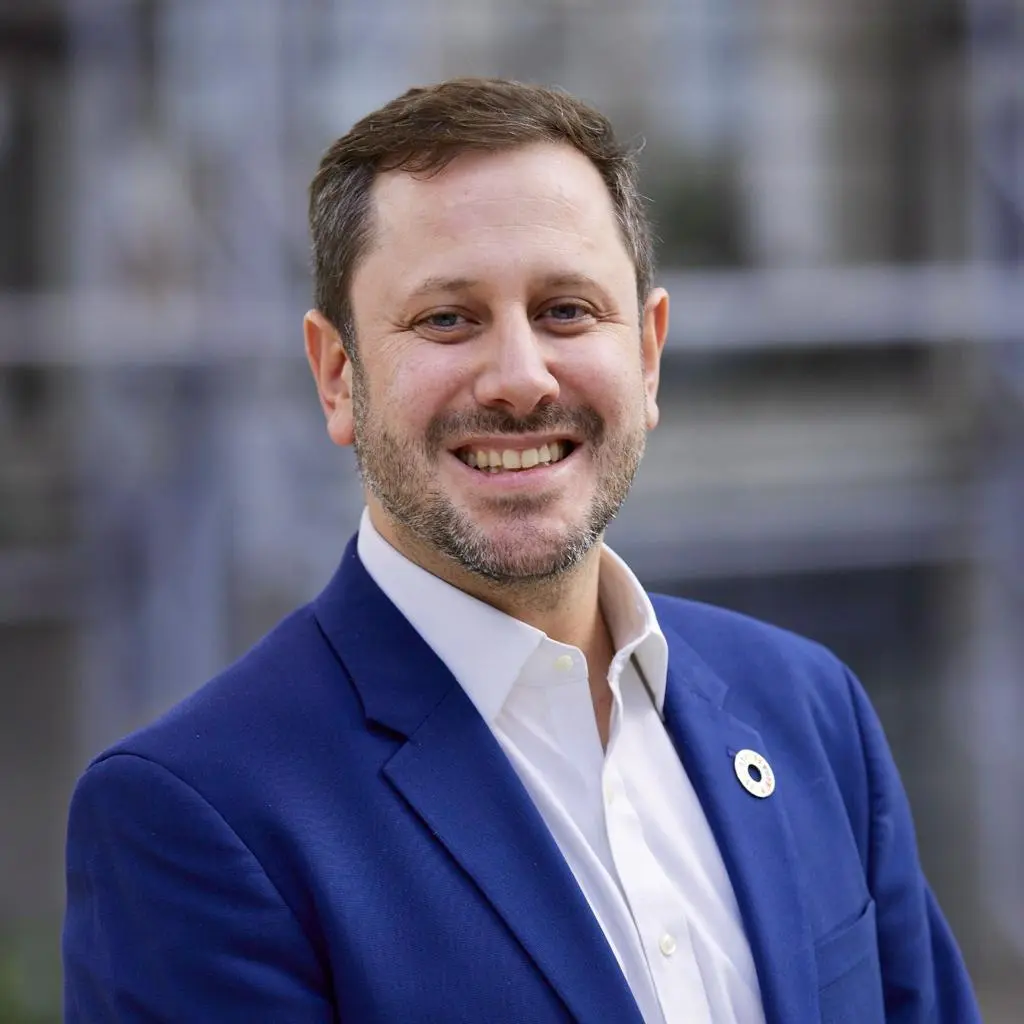 Alonso Ortiz Galan is the director for corporate impact investing at the Global Impact Investing Network (GIIN). Originally from Mexico, he is now based in New York. He has worked to launch initiatives within government, civil society, and academia with different impact goals in areas including fair trade and corporate sustainability. He also previously worked for a nonprofit called New Ventures, which launched Adobe Capital in 2012, Latin America’s first impaczact investing fund.
Alonso Ortiz Galan is the director for corporate impact investing at the Global Impact Investing Network (GIIN). Originally from Mexico, he is now based in New York. He has worked to launch initiatives within government, civil society, and academia with different impact goals in areas including fair trade and corporate sustainability. He also previously worked for a nonprofit called New Ventures, which launched Adobe Capital in 2012, Latin America’s first impaczact investing fund.
Claudia Cahalane, Alliance‘s investments editor spoke to Ortiz Galan at Impact Europe Impact Transformers event in The Hague last month.
Alliance: You have been the director of corporate impact investing at GIIN for 18 months. What do you enjoy about your role?
I am excited to work with and help companies find collaborators, tools and resources that can support them in advancing their sustainability goals through impact investment strategies. I enjoy supporting corporates bring impact investing into their larger strategies, and collaborating with impact investors to pursue the social and environmental goals they have committed to. Impact investing is often used as a complement to their philanthropic endeavors or embedded within a broader business strategy.
Is impact investing something that more companies and corporate foundations are considering?
Based on the GIIN’s latest market sizing report from 2022, capital dedicated to impact investing is growing. A new market sizing report will be released later this year in which we’ll see if this trend has continued. The challenges companies are facing, related to their business and sustainability strategies, are quite complex. Impact investing has become one of several tools they can deploy to mitigate risks and find solutions to these challenges.
Impact investing is also a way for investors and business executives to collaborate with their peers. For example, impact investors and corporations are an interesting combination — both bring capital to the equation, but global companies can also draw on their wider networks and technical expertise, among other non-financial assets.
What are your highlights from the Impact Transformers event?
It has been interesting to hear from and interact with different actors from the impact investing ecosystem in Europe. The event event brings together philanthropic stakeholders interested in providing catalytic grants for underinvested areas and solutions. It was interesting to hear these perspectives and compare them with those from those who are pursuing the same impact goals through impact investing.
In which social or environmental areas are you seeing the most impact investing momentum?
There is a relatively new community of practice coming together in Europe around expanding access to healthcare in emerging markets. This is a good example of a sector where corporations, corporate foundations and impact investors are seeking commonalities and synergies to scale their impact. This example could provide a good roadmap for other sectors.
What about the panel you spoke on – what did you glean from that session?
I shared the panel with representatives from SAP, a global technology company, and Repsol Foundation, a corporate foundation working to achieve a just and inclusive energy transition. We had a deep and honest conversation about the opportunities and challenges of corporations using impact investing and partnering with impact capital to achieve social and environmental goals. I shared some of the findings from a position paper and a set of case studies the GIIN published to shed light on how companies develop and execute impact investing strategies.
What’s the most exciting thing for you about the future of impact investing?
While philanthropy is critical to catalyze projects and opportunities that others are not supporting, philanthropy alone cannot solve many of the world’s major issues. It has a specific purpose and role. Some social and environmental solutions need large sums of capital investment to materialize, such as climate adaptation and mitigation solutions. Without significant investments toward climate solutions, adoption will remain low and lack scale.
This is why leveraging financial and non-financial assets from global corporations becomes relevant. Bringing new investors and their regional and technical expertise towards solving our most pressing issues is critical. As novel as public-private partnerships were a couple of decades ago, they have now become pervasive in the context of Agenda 2030 and the Sustainable Development Goals, which is where we see the collaboration between impact investors and corporations heading.
As we are in the Netherlands, what would you say is of interest here in terms of impact investing?
The Netherlands is a hub for innovation and impact investors within Europe. It’s where GIIN’s annual conference, the Global Impact Forum, will take place this October. What stands out is that major institutional asset owners are committing to impact investing. For example, ABP, Netherland’s largest pension fund, recently announced a plan to devote 30 billion euros to impact investments by 2030, targeting climate, biodiversity and initiatives that foster a thriving, equitable society in the Netherlands.






Comments (0)